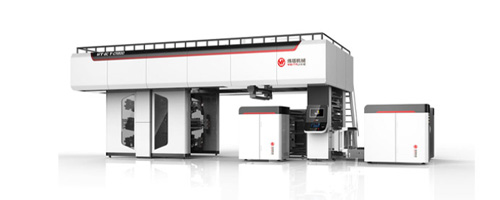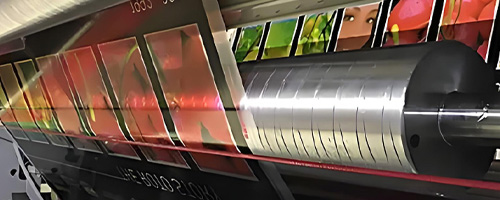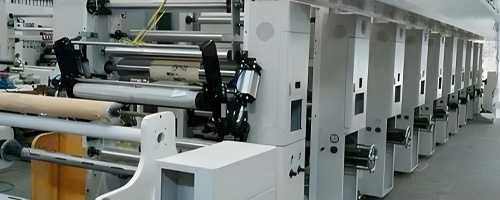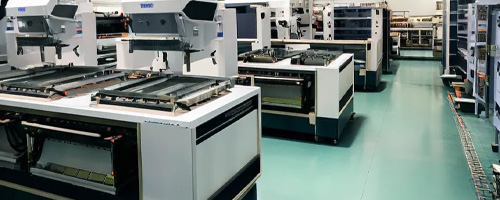 RU
RU
 EN
EN
 CN
CN

Position:HOME > Ink Knowledge

The pattern on the printing plate is prominent, the blank place is concave, through the anilox rollers to transfer ink, generally printed with water-based and UV inks, can reach 400 meters per minute. Flexographic printing is also a kind of letterpress printing.

The printing pattern on the surface of the printing plate is concave, the blank space is protruding, the printing ink layer is very thick, the color is bright, the line is clear, and the saturation is high. Solvent-based ink and water-based ink are available!

The graphic part and the blank part is in the same plane, to the surface of the printing plate inking, only the graphic part of the adsorption of ink, plate work is simple, low cost, suitable for large quantities of printing, mainly using solvent-based inks.

The printing plate consists of a number of small sieve holes, non-graphic part of the mesh is coated with a photopolymer coating sealed, printing adaptability, thick ink layer, three-dimensional sense of strong, bright colors, mainly solvent-based ink.
Is gravure printing expensive? This article explains 5 cost reduction solutions, including ink optimization, plate roller maintenance, and process upgrades, to help you reduce costs by 18%.
Mar 27 2025
For safe, compliant, and sustainable PET food packaging printing, water-based inks are the future. Partner with Zhongzhixing for tailored solutions that meet global standards.
Mar 26 2025
In depth analysis of the formulation design of flexographic UV ink, covering the optimization of core component ratios such as photoinitiators and oligomers, the impact of environmental regulations on formulations, and key technical challenges in food pac
Mar 25 2025
How can water-based screen ink replace solvent based ink? This article provides a detailed explanation of its environmental characteristics, top 10 application scenarios (textiles, glass, PCB, etc.), and a selection guide for screen printing ink!
Mar 24 2025
Is PET film difficult to use water-based ink due to its non absorbent surface? This article reveals corona treatment, primer selection, and ink modification solutions, with a comparison of the latest environmentally friendly ink brands and costs!
Mar 21 2025
Food label printing must comply with international safety standards such as FDA and REACH! This article provides a detailed explanation of water properties UV、 Advantages and disadvantages of soy ink, with recommended compliant ink brands and testing meth
Mar 20 2025
When printing paper bags with water-based ink, problems such as color difference, slow drying, and poor water resistance are encountered. This article provides a detailed analysis and provides solutions,
Mar 19 2025
Thermochromic water-based ink can intelligently display colors between 30 ℃ -120 ℃, suitable for food packaging, anti-counterfeiting labels, and industrial safety fields. This article provides a detailed explanation of its principles, application scenario
Mar 18 2025
As global regulations tighten and consumer demand for sustainability grows, water-based inks are becoming a cornerstone of competitive paper bag production. StarColor drives industry innovation toward low-carbon, high-efficiency, and safer practices, crea
Mar 17 2025
Zhongzhixing food-grade UV flexographic inks leverage light-curing technology and formulation innovation to revolutionize printing efficiency while ensuring food safety. With the refinement of international certification systems such as the FDA
Mar 14 2025